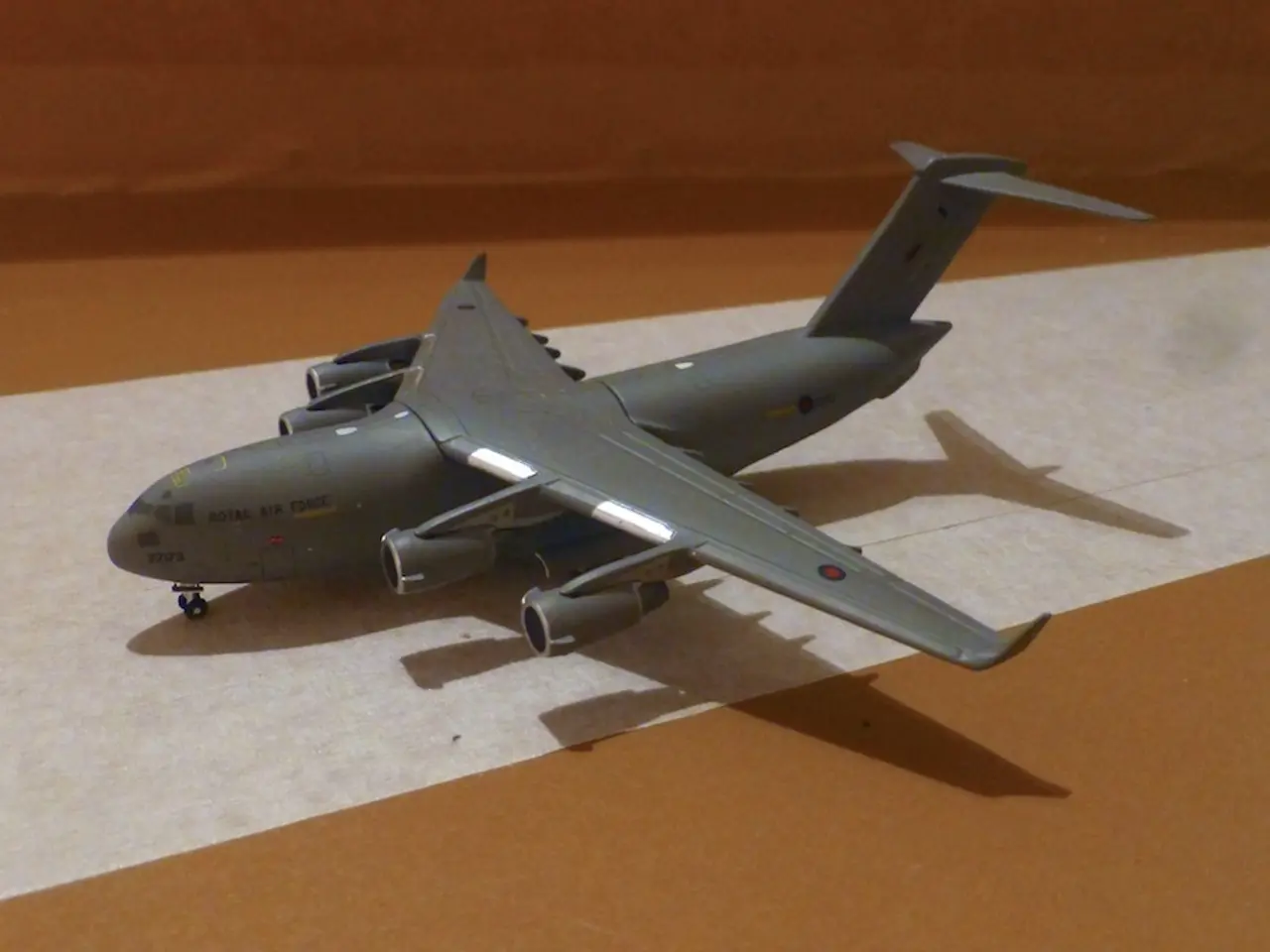Advancements in Propulsion Methods for Unmanned Aerial Vehicles
Drones are no longer just a buzzword, as the development of emerging thrust technologies is redefining what they can do. These advancements are enabling high-speed deliveries, ultra-quiet surveillance, long-range inspections, and urban air mobility.
Key Technologies Shaping the Future
The key emerging thrust technologies shaping the future of drone flight include multi-sensor payload integration, AI-driven autonomy and edge computing, advanced connectivity (LTE/5G and cloud integration), energy-efficient flight planning via AI/ML, and airspace integration with anti-collision and traffic management systems. These technologies are transforming drone capabilities, operational safety, and efficiency, significantly impacting manufacturers, operators, and end users.
Multi-sensor Payloads
Combining visible cameras, thermal imaging, and LiDAR allows drones to perform complex inspections and surveys more effectively. This modular, open-system approach enables manufacturers to create flexible drones supporting customized payloads, meeting specialized operator needs across industries like infrastructure inspection and agriculture.
AI and Autonomy
Onboard AI accelerates in-flight data processing, enabling drones to identify anomalies and specific targets automatically, reducing dependence on human operators and speeding decision-making. Skydio and Parrot exemplify drones that automate entire workflows like infrastructure inspections, thus transforming operator roles from manual pilots to supervisors monitoring AI-generated reports.
Cloud Connectivity and Communication
Use of 4G/5G modules enables real-time data streaming to cloud platforms, enhancing remote control and data analysis capabilities for operators and end users. This connectivity supports integrated systems and broader enterprise applications such as precision farming and infrastructure monitoring.
Energy-efficient Flight Optimization
Advanced predictive algorithms based on AI/ML optimize route planning to minimize energy consumption and recharging delays during operations. This benefits drone manufacturers by driving the need for smarter onboard processors and improves operator efficiency and operational range in delivery or service missions.
Airspace Integration and Safety
Progress in anti-collision technology and Unmanned Traffic Management systems enable drones to safely share airspace with manned aircraft. Regulatory frameworks like U.S. BVLOS rules and Europe’s U-space allow expanded beyond-visual-line-of-sight operations.
IPET Systems: Redefining Drone Performance
IPET (Intelligent Propulsion for Electric Technology) is redefining drone performance through a fully integrated powertrain approach that combines the motor, ESC (Electronic Speed Controller), and propeller into a seamless unit. This innovation offers significant operational advantages, such as reduced energy consumption in horizontal flight compared to traditional multirotor setups.
Tilt-rotor and Tilt-wing Systems
Tilt-rotor and tilt-wing systems allow a drone's motors or entire wings to pivot between vertical and horizontal orientations, enabling both vertical takeoff and efficient forward flight. These systems are already being used in cargo delivery drones, eVTOL air taxis, and long-range reconnaissance UAVs.
AI-driven Thrust Optimization
Artificial intelligence is being used to optimize existing thrust systems in real-time, adjusting power distribution, rotor speeds, and flight parameters based on conditions and mission objectives. This innovation enhances fault tolerance by rerouting power to functioning motors in the event of a system failure.
Hybrid-electric Propulsion
Hybrid-electric propulsion combines traditional combustion engines with electric motors to offer the best of both energy sources for large-scale drone operations. This approach allows for better load handling and extended flight time in complex multirotor platforms without hardware changes.
Plasma and Ion Propulsion Systems
Plasma and ion propulsion systems are experimental thrust technologies that generate movement without traditional moving parts, using electric fields to accelerate ionized gas particles, creating silent, ultra-efficient thrust.
By combining mechanical innovation with embedded intelligence, these emerging thrust technologies are pushing drone propulsion toward a smarter, more connected future, where thrust isn't just about power, but about precision, adaptability, and longevity.
- The advancements in plasma and ion propulsion systems are redefining drone technology, providing silent, ultra-efficient thrust without traditional moving parts, thereby enhancing the precision, adaptability, and longevity of drone flight.
- AI-driven thrust optimization is transforming the efficiency of drone operations by adjusting power distribution, rotor speeds, and flight parameters in real-time, improving fault tolerance and enabling smarter, more connected drone propulsion systems.




